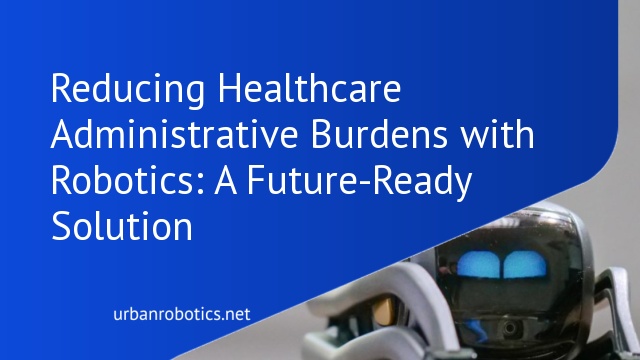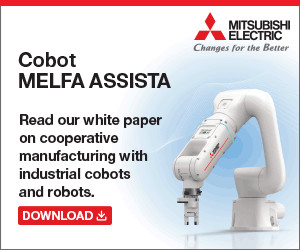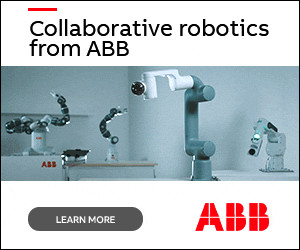Understanding Healthcare Administrative Burdens
Healthcare administrative burdens encompass a wide range of tasks and responsibilities. These include managing patient records, processing insurance claims, scheduling appointments, and handling billing. Administrative duties can consume up to 30% of healthcare costs, according to the American Medical Association (AMA). Professionals spend countless hours on documentation, often reducing the time available for direct patient care.
Increased paperwork and compliance requirements further strain healthcare systems. Regulations such as the Health Insurance Portability and Accountability Act (HIPAA) mandate rigorous documentation standards. These compliance tasks demand meticulous attention to detail, adding another layer of complexity to administrative workflows.
Manual entry errors and redundant data processing exacerbate inefficiencies. Human error in data entry can lead to inaccurate patient records, affecting treatment outcomes. Repetitive manual tasks also contribute to significant time wastage, lowering overall productivity.
Staff burnout and high turnover rates are direct consequences of administrative overload. Employees experience stress from handling extensive paperwork, leading to job dissatisfaction. This turnover disrupts continuity in patient care, compounding existing challenges.
Understanding these burdens highlights the need for innovative solutions such as robotics to enhance administrative efficiency.
The Role Of Robotics In Healthcare
Robotics play a crucial role in reducing administrative burdens in healthcare. By automating repetitive tasks, they free up staff to focus on patient care and reduce errors in administrative processes.
Types Of Robotics Used
Various types of robotics are used in healthcare administration. Robotic Process Automation (RPA) systems handle repetitive data entry tasks like updating patient records and processing insurance claims. Chatbots provide 24/7 patient assistance for appointment scheduling and basic queries. Autonomous mobile robots (AMRs) manage physical tasks such as delivering supplies and documents within healthcare facilities.
The Evolution Of Healthcare Robotics
Healthcare robotics have evolved significantly over recent decades. Initially limited to basic data entry and simple automation tasks, they now integrate advanced artificial intelligence (AI) and machine learning (ML) capabilities. This evolution enhances functionalities such as predictive analytics for patient admissions, intelligent data extraction from electronic health records (EHRs), and real-time decision support.
Benefits Of Reducing Administrative Burdens
Automating administrative tasks with robotics offers substantial advantages to healthcare settings. Key benefits include improved efficiency, cost savings, and enhanced patient care.
Improved Efficiency
Robotics in healthcare streamlines repetitive tasks, increasing efficiency. For example, RPA systems automate data entry, reducing time spent on paperwork. Chatbots handle appointment scheduling, improving workflow. Advanced robotics enhance data accuracy by minimizing human errors.
Cost Savings
Implementing robotics decreases operational costs. Automated systems reduce labor expenses by performing tasks typically done by administrative staff. For instance, robotics manages billing processes, cutting costs on clerical work. Efficiency in task completion also reduces overtime costs.
Enhanced Patient Care
Robotics allows healthcare workers to focus more on patient care. Automated systems handle administrative workload, freeing up time for direct patient interactions. RPA improves patient record management, ensuring accurate and timely data access. This shift enhances overall patient experience.
Implementing Robotics In Healthcare Administration
Introducing robotics into healthcare administration can transform operations by automating time-consuming tasks and freeing up staff for patient care.
Key Considerations
Identifying the right tasks for automation is crucial. Evaluate the administrative workflow to pinpoint repetitive activities. Ensure data security and patient confidentiality by implementing robust cybersecurity measures. Invest in staff training to facilitate a smooth transition to robotic systems. Consider the integration capabilities with existing software to avoid disruptions. Lastly, plan for ongoing maintenance and support to keep the systems running efficiently.
Common Challenges
Implementing robotics in healthcare administration faces several challenges. High initial costs can deter investment in robotic systems. Integrating new technology with existing IT infrastructure can be complex. Resistance from staff who fear job displacement requires careful management. Furthermore, maintaining data security while using advanced technology is critical. Finally, ensuring systems are adaptable to regulatory changes can be challenging but necessary for compliance.
Case Studies
Exploring real-world applications can highlight how robotics alleviate administrative burdens in healthcare. We focus on two vital aspects: successful implementations and lessons learned.
Successful Implementations
Massachusetts General Hospital reduced administrative workload by 30% using robotic process automation (RPA) tools to manage patient records and billing. Similarly, Cleveland Clinic integrated robotics for appointment scheduling, improving patient communication and reducing no-show rates by 25%. These cases demonstrate clear benefits in efficiency and patient engagement.
Lessons Learned
Key insights from these implementations reveal several tactical steps. First, thorough task analysis ensures proper automation of high-impact areas. Second, ongoing staff training promotes smooth adoption and maximizes technology benefits. Lastly, continuous monitoring and adjustment are essential to maintain alignment with evolving healthcare needs.
The Future Of Robotics In Healthcare Administration
As we look ahead, robots in healthcare admin will grow more advanced and integrated, transforming how tasks are managed.
Emerging Technologies
Innovations such as machine learning and artificial intelligence (AI) are propelling robotics in healthcare. AI algorithms streamline tasks like billing and insurance claims, cutting down processing times. Natural language processing (NLP) tools enhance communication between systems, enabling accurate data entry and record-keeping. Robotic process automation (RPA) tools handle repetitive tasks, freeing staff for more complex activities.
Predictions And Trends
AI and RPA will likely dominate healthcare admin by 2025, automating over 50% of data management tasks. Predictive analytics will help in forecasting patient needs, improving resource allocation. Blockchain technology is set to enhance data security, ensuring compliance with regulations. Wearable technology will integrate with admin systems, providing real-time updates on patient statuses and optimizing care coordination.
Conclusion
Embracing robotics in healthcare administration isn’t just a trend; it’s a necessity for modernizing our systems. By leveraging AI, machine learning, and RPA, we’re set to revolutionize how we manage data and enhance patient care. The advancements we’ve seen at institutions like Massachusetts General Hospital and Cleveland Clinic are just the beginning. As we look towards 2025, the integration of blockchain and wearable tech will further streamline processes and boost data security. It’s clear that the future of healthcare administration is not only more efficient but also more secure and patient-focused. Let’s continue to innovate and embrace these technologies to reduce administrative burdens and improve overall healthcare outcomes.





